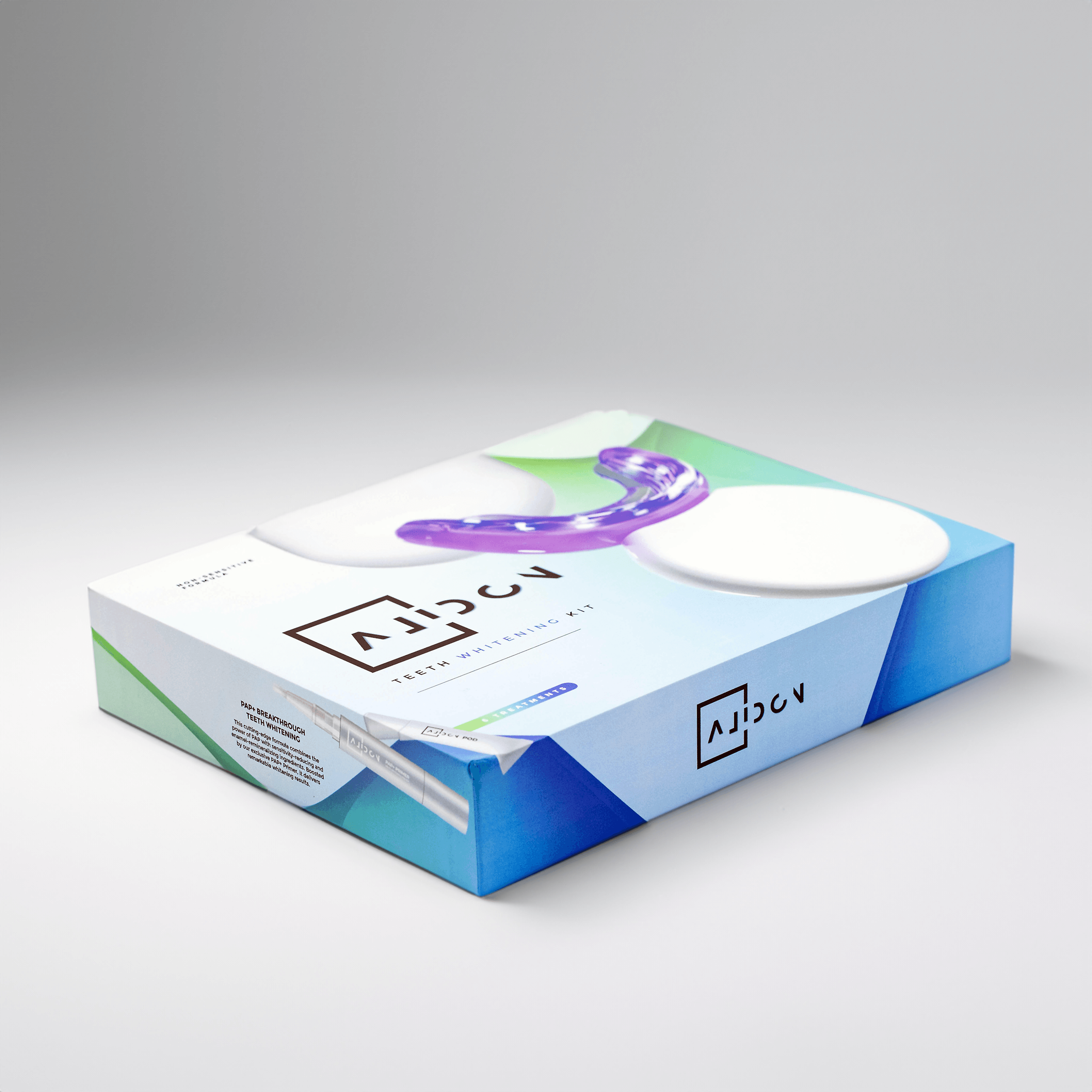Alidon's Guide to a Smooth Root Canal Procedure
When a cavity delves deep into your tooth, extending beyond the enamel and dentin to reach the nerve, a filling is no longer sufficient. A root canal becomes necessary to save the tooth. Let's explore this procedure for repairing and saving a damaged or infected tooth.

Phase 1: Preparation and Isolation
The initial step involves isolating the affected tooth. A dental dam is placed around the tooth to keep the area clean and dry, preventing saliva and debris from contaminating the procedure. A caulking material might be used to further seal the area. Following this, the dentist carefully removes the decayed portion of the tooth using a drill, much like a standard cavity filling procedure.
After decay removal, the dentist uses an explorer to carefully assess the area and ensure the nerve is ready for root canal therapy. This meticulous examination is crucial for the success of the procedure. Only once the nerve is deemed ready will the root canal preparation commence.
The dentist then uses specialized tools to prepare the canal for cleaning and filling. This might involve using files of varying sizes to carefully clean and shape the canal, creating a path to the apex (the tip of the root). This process requires precision and expertise to avoid damaging surrounding tissues. For a more in-depth understanding of the initial phases, check out Alidon's guide to understanding root canal procedures: https://alidon.co.za/blogs/blog/alidons-guide-to-understanding-root-canal-procedures.
| Step | Action |
|---|---|
| 1 | Dental Dam Placement |
| 2 | Decay Removal |
| 3 | Nerve Assessment |
| 4 | Canal Preparation |
FAQ: Phase 1
- Q: How long does the preparation phase take? A: The duration varies depending on the complexity of the case. It can range from 30 minutes to an hour or more.
- Q: Will I feel any pain during this phase? A: Local anesthesia is typically used, minimizing discomfort. You might experience some pressure.
Phase 2: Canal Cleaning and Shaping
Once the canal is prepared, the dentist employs various techniques to clean and shape it thoroughly. Hand files, which are manually inserted and rotated, help to remove debris and infected tissue. Rotary files, which are powered instruments, are often used to efficiently shape and clean the canal to the apex. An apex locator, a device that emits a beeping sound to indicate the tip of the root, helps guide the dentist’s precision.
A crucial part of this phase is irrigation with sodium hypochlorite, a cleaning solution that disinfects the canal, eliminating bacteria and organic matter. This is often done in conjunction with ultrasonic instruments to ensure the solution reaches all areas of the canal. This cleaning and shaping process is repeated several times to ensure thoroughness.
Maintaining a straight line access to the root tip is essential to prevent file binding and ensure efficient cleaning. X-rays may be taken at various stages to confirm the depth and progress. For more on this critical cleaning and shaping stage, consider Alidon's guide to understanding root canal treatment: https://alidon.co.za/blogs/blog/alidons-guide-to-understanding-root-canal-treatment. Remember, a well-cleaned canal is a foundation for successful root canal therapy.
- Hand files
- Rotary files
- Sodium hypochlorite
- Ultrasonic instruments
- Apex locator
FAQ: Phase 2
- Q: What if I'm claustrophobic? A: Discuss your concerns with your dentist beforehand. Techniques can be adjusted for comfort.
- Q: How many appointments might this phase require? A: Some root canals can be completed in one appointment; others may need two.
Phase 3: Canal Filling and Sealing
After thorough cleaning and shaping, the canal needs to be filled and sealed to prevent reinfection. This is done using gutta-percha, a biocompatible rubber-like material, which is carefully placed and compacted into the canal using specialized instruments like a down packer. A sealer is used alongside the gutta-percha to ensure a tight seal.
The dentist meticulously ensures the gutta-percha fills the entire canal and the apex is well sealed. This process requires precision to prevent future issues. Once the canal is filled, another x-ray is often taken to verify the filling's completeness and location.
Finally, the dental dam and other materials are removed. After the root canal procedure, a temporary filling is placed. A permanent filling or crown will be placed at a later appointment depending on the condition of the tooth. For guidance on the overall root canal process, refer to Alidon's comprehensive guide: https://alidon.co.za/blogs/blog/navigating-a-root-canal-a-comprehensive-guide.

| Material | Purpose |
|---|---|
| Gutta-percha | Fills the canal |
| Sealer | Creates a tight seal |
FAQ: Phase 3
- Q: How long will the temporary filling last? A: Usually a few weeks, until the permanent restoration is placed.
- Q: What kind of permanent restoration will I need? A: This depends on the tooth's condition; either a filling or a crown.
Post-Root Canal Care and Alidon Products
After a root canal, it's important to maintain excellent oral hygiene. Brush and floss regularly, and consider using a teeth whitening kit from Alidon to maintain the aesthetic appeal of your restored tooth. Alidon's products are vetted, tested, approved, and trusted to provide excellent oral care. For optimal care, ensure that you follow your dentist’s instructions carefully regarding post-operative care.
For those looking to improve their overall dental health, Alidon offers a range of products designed for various needs. Consider our smile aligner kit for straightening, our teeth transformation kit for comprehensive care, or individual mouthpieces for targeted solutions (Stage 1, Stage 2, and Stage 3). All Alidon products are crafted using high-quality materials and designed for comfort and effectiveness. Investing in your oral health is an investment in your overall well-being. For a deep dive into the root canal procedure, see Alidon's comprehensive guide: https://alidon.co.za/blogs/blog/understanding-the-root-canal-procedure-a-comprehensive-guide.
Remember, maintaining good oral hygiene practices is key to keeping your teeth healthy, regardless of whether you've undergone a root canal or not. Alidon is here to support you in your journey to a beautiful and healthy smile with a range of top-quality, tested and trusted products. Choose the Teeth Transformation Kit for comprehensive care, or explore our individual solutions. Your smile deserves the best!
Conclusion
A root canal procedure is a complex yet effective way to save a damaged or infected tooth. While the process may seem daunting, understanding each step can help alleviate anxiety. Remember that meticulous care and attention to post-operative instructions are crucial for the long-term success of the procedure.
Alidon offers a variety of products to help you maintain your oral hygiene, helping you achieve a healthy smile you'll love. From our teeth whitening kit to our smile aligner kit, we have the tools to support your journey to a brighter, healthier smile. Choose Alidon for reliable quality and effective solutions.
Remember to consult with your dentist for personalized guidance and to address any specific concerns you may have about your dental health.
```





